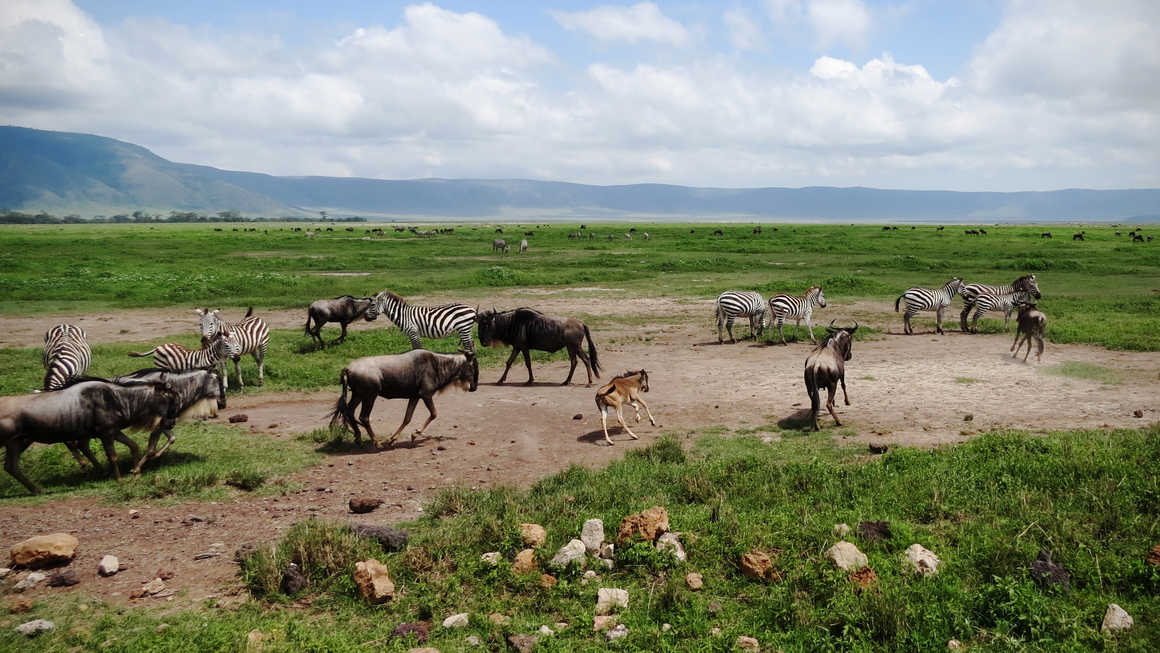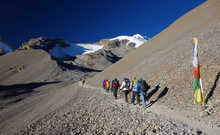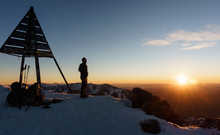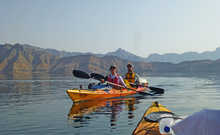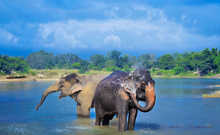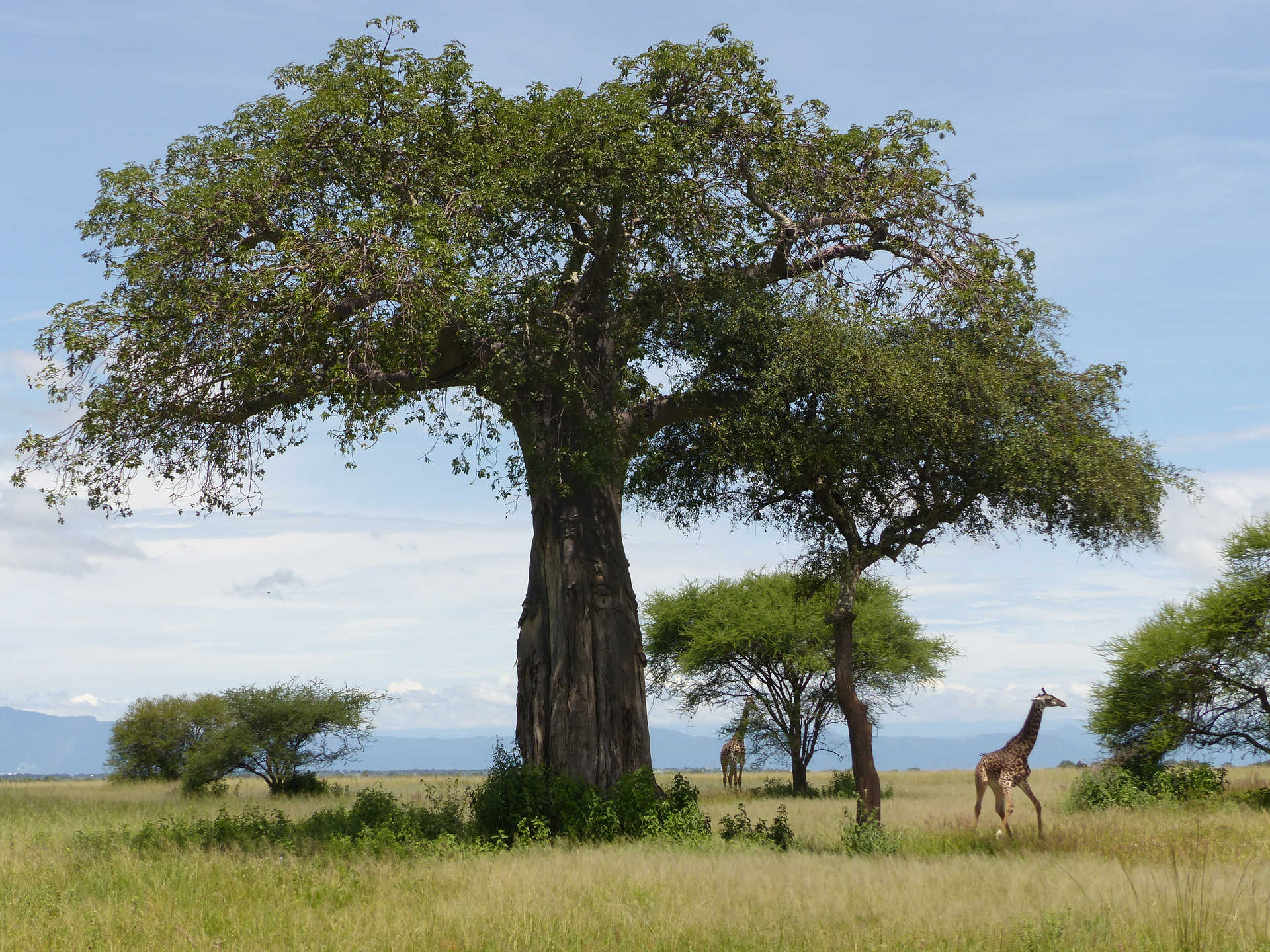Must Visit Tanzania Safari Parks Near Kilimanjaro
When visiting
Tanzania to climb Kilimanjaro, it would be a shame to miss out on the
amazing opportunity to join a Tanzania safari. The Tanzania safari tour is an experience
like no other and you'll be able to see some of the world's most famous
creatures in their natural habitat in one of the many national parks in
Tanzania, not to mention some incredible scenery!
We always
recommend to our clients to take the opportunity either before or after their Kilimanjaro
trek as Tanzania is considered to be the best safari destination on earth.
Kandoo Adventures have also recently upgraded our Tanzania safari vehicles and Tanzania
safari packages to give you the best possible viewing experience on your Tanzania
safari tour.
To give you
an idea as to some of the safari parks that Northern Tanzania has to offer, we
have listed the parks below and discuss each park in a little detail to help
you decide on which one is best for you. Whether you want to add a safari onto
your Kilimanjaro trip or skip the trekking altogether and go in search of
wildlife in Tanzania, your trip with Kandoo Adventures will be an unforgettable
one.
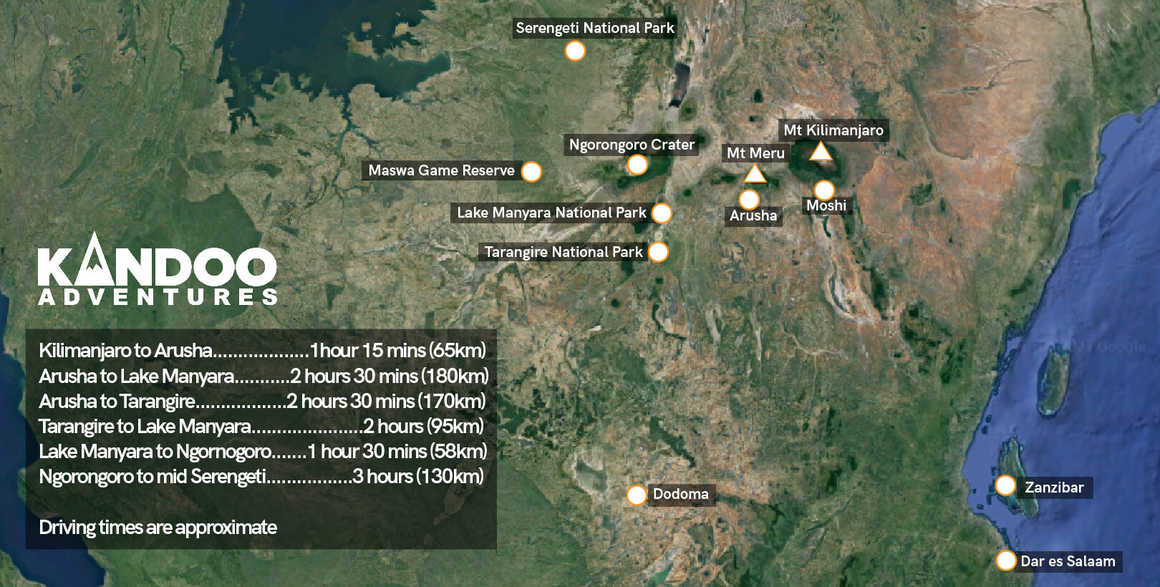
Arusha National Park (552 sq km, 212 sq miles)
Located on
the foothills of Mount Meru in northern Tanzania, Arusha National Park is the
closest safari park to Kilimanjaro. Often overlooked by safari goers because of
the lack of lions, this park is actually a hive of wildlife and changing
scenery. The entrance gate to the Arusha National Park leads its visitors into
deep jungle that is home to blue monkeys, colourful turacos, trogons and white
colobus monkeys. This is the only place on the northern safari circuit where
these colobus are easily spotted on a Tanzania safari tour. In the centre of
the forest sits the impressive Ngurdoto Crater which is home to buffalo and
groups of warthogs.
As you
venture further north the scenery changes dramatically and you are faced with
rolling hills and the tranquil Momela lakes. The Momela lakes of the Arusha
National Park support a wide host of wildlife, including thousands of bright
pink flamingos, herds of zebra and families of giraffe. Although elephants are
uncommon in the park and lions altogether absent, leopards are often spotted
hunting in the dawn and dusk periods. The Tanzania safari park is a photographer’s
dream. The imposing peak of Kilimanjaro adds a special something to many of the
wildlife shots and the wide array of scenery means that every shot is varied.
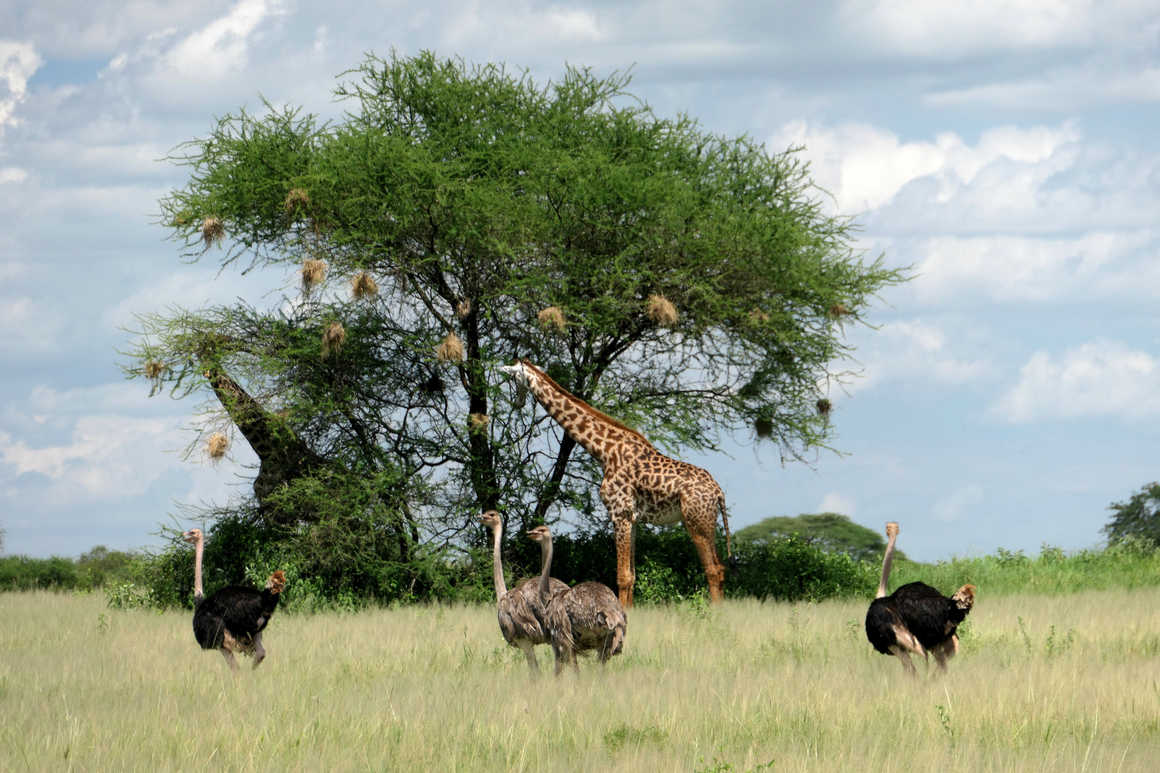
Serengeti National Park (14,763 sq km, 5,700 sq miles)
Tanzania's
oldest and most popular national park, the Serengeti National Park is home to
one of the most famous migrations on the planet. Every year for a three-week
period, thousands of wildebeest engage in territorial battles and mating.
Columns of wildebeest over 20 km long plunge through the crocodile infested
rivers in the hope of reaching secure breeding grounds. The breeding season is
short and sharp and over 1,000 calves are born every day before the 1,000 km
return journey begins.
Wildebeest
are not the only animal to migrate through the Serengeti. Over 200,000 zebra
and 300,000 gazelle also make the journey, leading the park to recently be
proclaimed as a new Natural Seven World Wonder. Even during the non-migration
period, the Serengeti National Park is one of the most spectacular safaris on
earth (with attractions such as balloon safaris). Lions roam the plains
in a constant search of prey. If you want to see a lion kill, then the
Serengeti safari is one of the best places by far. A safari in the Serengeti is
also a great opportunity to see groups of giraffe and elephant along with
thousands of topi, eland, kongoni and impala.
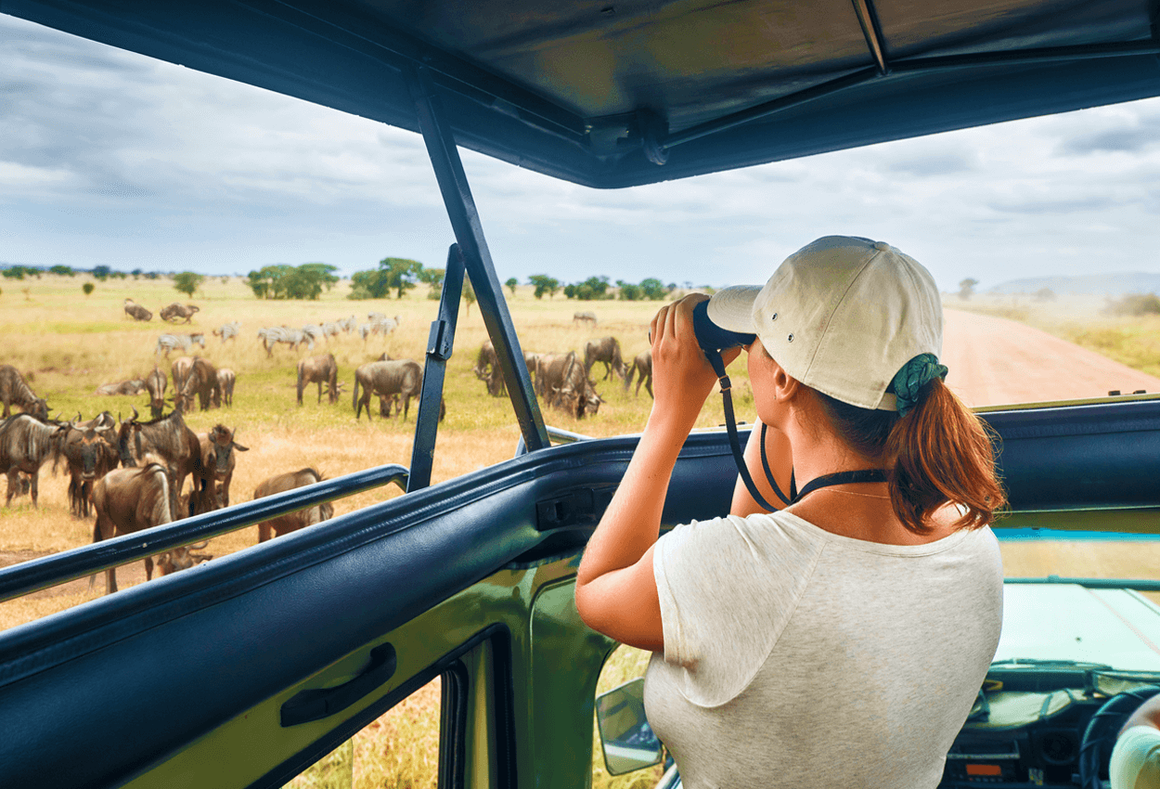
Tarangire National Park (2,850 sq km, 1,096 sq miles)
Outside of
the Serengeti, Tarangire National Park hosts the greatest concentration of
wildlife in northern Tanzania. Its lagoons and rivers are a haven for wildlife
and up to 300 elephants have been seen in the area at one time! On top of this
are thousands of migratory wildebeest, buffalo, zebra, impala and gazelle. Like
the Serengeti, lions roam throughout the plains of the Tarangire in a constant
search for food.
Although
incredibly dry and hot in the warmer months, the lagoons in the Tarangire still
hold water. Animals come from hundreds of miles around because of this fact.
Tarangire safaris are certainly an awesome option if you plan on visiting
during the drier months. For bird lovers a Tarangire safari is also a great
option as the swamp lands draw over 550 different species of bird! The land is
home to the world's largest flying bird - the Kori Bustard - and also to the
world's largest bird, the ostrich. Leopards and pythons are not an uncommon
site in trees and dwarf mongoose are often seen ferreting among the termite
mounds.
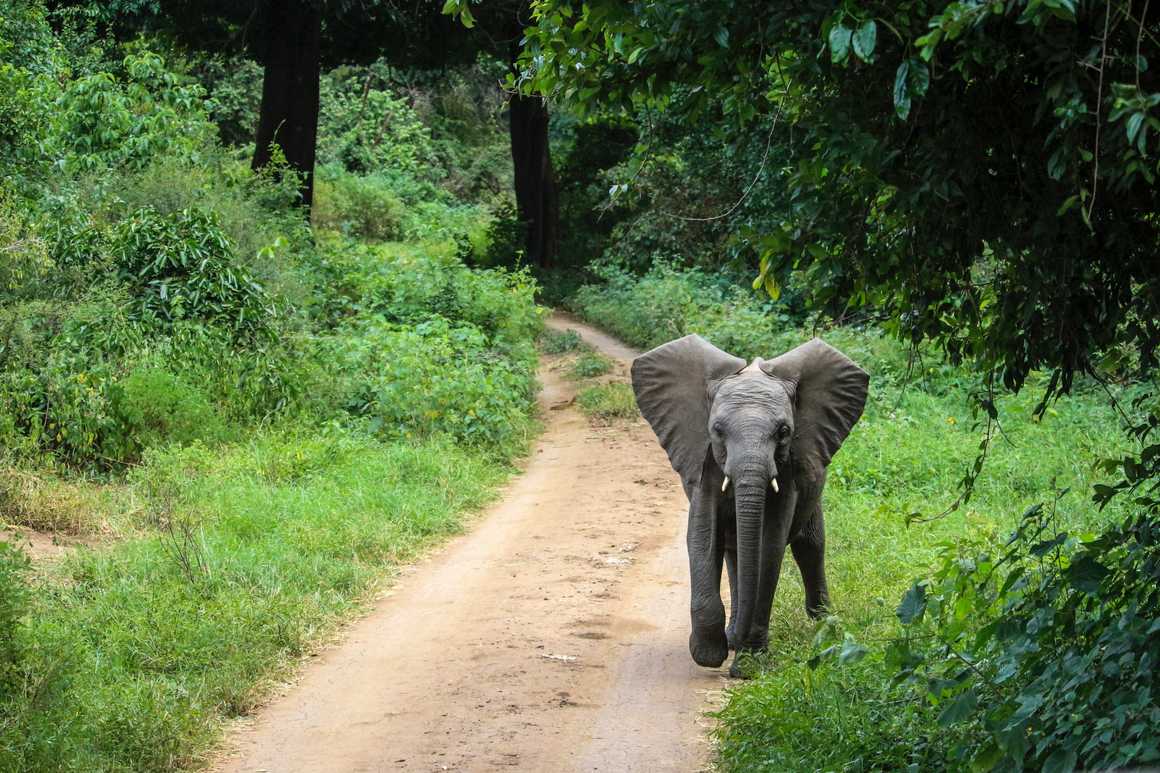
Lake Manyara National Park (330 sq km, 127 sq miles)
By far the
smallest park in Northern Tanzania, Lake Manyara National Park is mainly made
up of water with only around 120 sq km being land based! However, size is not
everything and the park is a little gem, boasting an incredible Tanzania safari
experience. Ernest Hemingway famously described the area as "the loveliest
I had seen in Africa". We certainly wouldn't disagree.
The small
game viewing circuit is a literal microcosm of wildlife. The entrance to the Manyara
National Park leads into thick jungle where you can see lounging baboons, blue
monkeys jumping through the trees and hornbills honking high in the jungle
canopy. In stark contrast to the jungle are the grassy plains that surround the
area. These plains are home to herds of zebra, large buffalo, wildebeest and,
occasionally, giraffes. Further inland of the plains is a narrow belt of acacia
woodland where you are likely to see the famous 'tree-climbing lions' and large
tusked elephants. Even within such a small area over 400 species of bird have
been recorded, making it an ideal location for bird lovers. A Manyara safari is
undeniably one of the most unique experiences in the country and well worth the
trip.
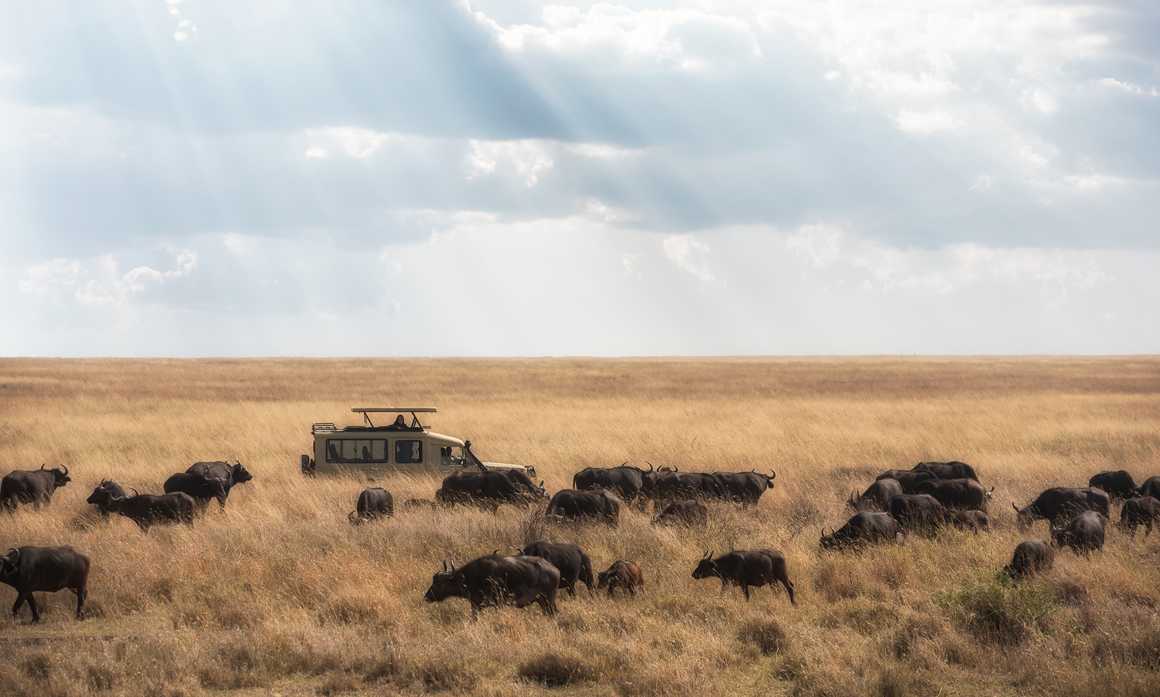
Ngorongoro Conservation Area (8,288 sq km, 5,149 sq miles)
Without doubt
one of the most awesome destinations in Africa is the Ngorongoro Crater located
in the Ngorongoro Conservation Area. The Ngorongoro Crater was deemed a world
UNESCO heritage site in 1978 and it's easy to see why. It was formed by a
volcanic explosion and the resulting crater, which stretches 16-19 km in width
is actually the largest intact volcanic caldera in the world. It is certainly
near the top of the list of natural world wonders.
Other than
being a superb natural wonder, the Ngorongoro Conservation Area is also home to
some of the densest mammal populations on earth. The enclosed nature of the
crater makes the space a living and breathing mini ecosystem. Parts of the
crater are covered in dense forest whilst most of the northern end is grassy
plains. It is in the grassy plains where the animals converge in great numbers.
Whilst the crater is home to herds of zebra, wildebeest and many varieties of
gazelle, the main attraction are the fearless lions. The lions that inhabit the
crater are famous for having a complete lack of regard for vehicles on
Ngorongoro safaris - they will literally come right up beside the vehicles and
often doze up against them! The resident population of hyenas often compete
with the lions and it's an unforgettable sight seeing these two creatures
engage with each other. Combining the Ngorongoro area with a Serengeti safari
is one of the most popular options for Kilimanjaro trekkers.
